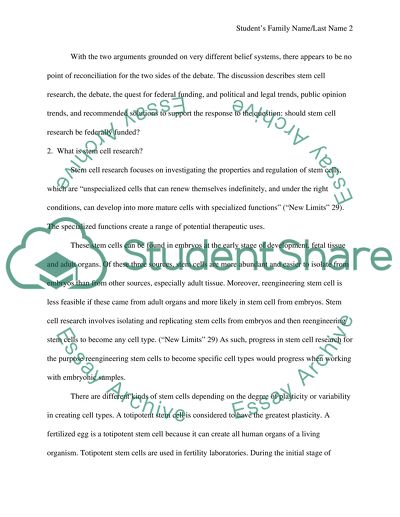Cite this document
(“Should Stem cell research be federally funded Essay”, n.d.)
Should Stem cell research be federally funded Essay. Retrieved from https://studentshare.org/english/1402701-should-stem-cell-research-be-federally-funded
Should Stem cell research be federally funded Essay. Retrieved from https://studentshare.org/english/1402701-should-stem-cell-research-be-federally-funded
(Should Stem Cell Research Be Federally Funded Essay)
Should Stem Cell Research Be Federally Funded Essay. https://studentshare.org/english/1402701-should-stem-cell-research-be-federally-funded.
Should Stem Cell Research Be Federally Funded Essay. https://studentshare.org/english/1402701-should-stem-cell-research-be-federally-funded.
“Should Stem Cell Research Be Federally Funded Essay”, n.d. https://studentshare.org/english/1402701-should-stem-cell-research-be-federally-funded.


